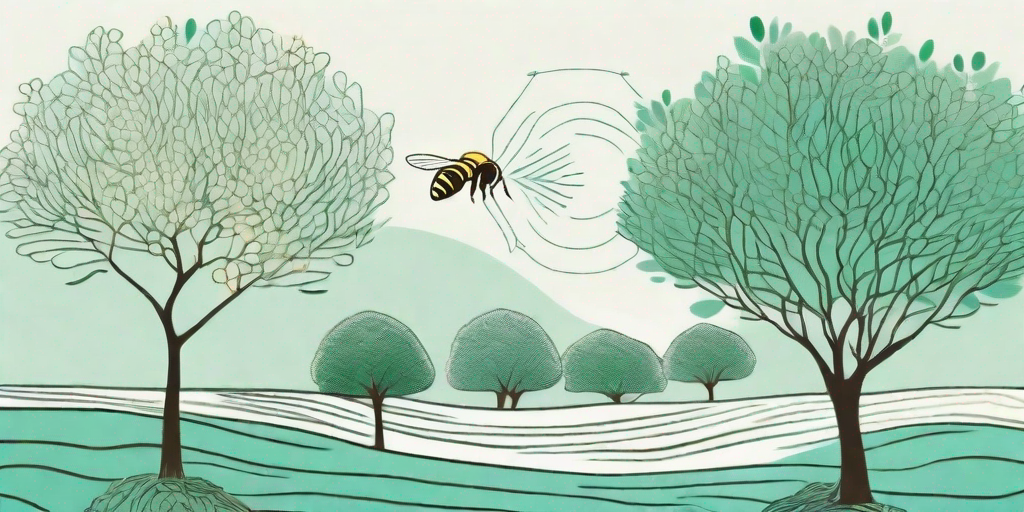
Welcome, dear reader, to the fascinating world of Linden! This humble tree, often overlooked in favor of its more flamboyant botanical cousins, is a treasure trove of history and benefits. So, buckle up, and prepare for an enlightening journey through the annals of Linden lore.
The Historical Roots of Linden
Let's kick off our journey with a trip down memory lane. The Linden tree, also known as Tilia, has been a staple in European folklore and history. It's been around longer than the latest diet fad, and it's got more stories to tell than your chatty neighbor.
Historically, the Linden tree was considered sacred in many cultures. In Slavic mythology, it was associated with love and fidelity. In Germanic cultures, it was a symbol of peace and justice. And let's not forget the ancient Greeks, who believed that the tree was beloved by the goddess of love, Aphrodite herself.
The Linden Tree in Literature
Our friend Linden has made quite a few appearances in literature as well. It's been a symbol of love and longing in poetry, a backdrop for dramatic scenes in novels, and even a character in its own right in some stories. It's like the Meryl Streep of the plant world, versatile and always stealing the show.
From the romantic verses of the "Linden Tree" poem by William Muller to the tragic tale of the "Linden Tree Maiden" in Grimm's fairy tales, the Linden tree has been a muse for many a writer. And who can blame them? With its heart-shaped leaves and fragrant flowers, it's hard not to fall in love with this tree.
The Health Benefits of Linden
But the Linden tree isn't just a pretty face. It's also got a plethora of health benefits. It's like the tree version of a superfood, minus the overpriced smoothie.
Linden flowers have been used in traditional medicine for centuries. They're known for their calming properties and are often used to treat anxiety and insomnia. They're also a great remedy for colds and flu, thanks to their ability to reduce fever and soothe coughs.
The Magic of Linden Tea
One of the most popular ways to reap the benefits of Linden is through its tea. A cup of Linden tea is like a warm hug on a cold day, soothing and comforting. Plus, it's got a sweet, floral taste that's sure to please even the pickiest of tea drinkers.
But the benefits of Linden tea go beyond its taste. It's also packed with antioxidants, which help protect your body from damage by free radicals. And let's not forget its diuretic properties, which can help with water retention and bloating. It's like a spa treatment in a cup!
FAQs About Linden
Now that we've covered the history and benefits of Linden, let's tackle some of the most frequently asked questions about this tree. Because let's face it, we all have questions, and Google doesn't always have the answers.
Can I Plant a Linden Tree in My Backyard?
Yes, you can! Linden trees are relatively easy to grow and are a great addition to any garden. They're like the perfect houseguest, low-maintenance and always pleasant to have around.
However, keep in mind that Linden trees can grow quite tall, so make sure you have enough space. Also, they prefer cooler climates, so if you live in a tropical area, you might want to consider other options.
Can I Use Linden for Cooking?
While Linden is not typically used in cooking, its flowers can be used to make a delicious and fragrant tea. So, while you won't be adding it to your pasta anytime soon, it can definitely spice up your tea time.
Just remember to use fresh flowers for the best taste and health benefits. And always make sure they're free from pesticides and other chemicals.
Fun Facts About Linden
As we wrap up our journey, let's take a look at some fun facts about Linden. Because who doesn't love a good trivia tidbit?
- The name "Linden" comes from an old German word meaning "lenitive" or "soothing". It's like the tree was destined to be a natural remedy!
- Linden trees can live for up to 1,000 years. That's longer than most human civilizations!
- The wood of the Linden tree is soft and light, making it a favorite among woodcarvers. It's like the tree's way of supporting the arts.
So there you have it, folks. The Linden tree, in all its historical, healthful, and humorous glory. Next time you see one, give it a nod of appreciation. After all, it's not every day you come across a tree with such a rich and fascinating story.















